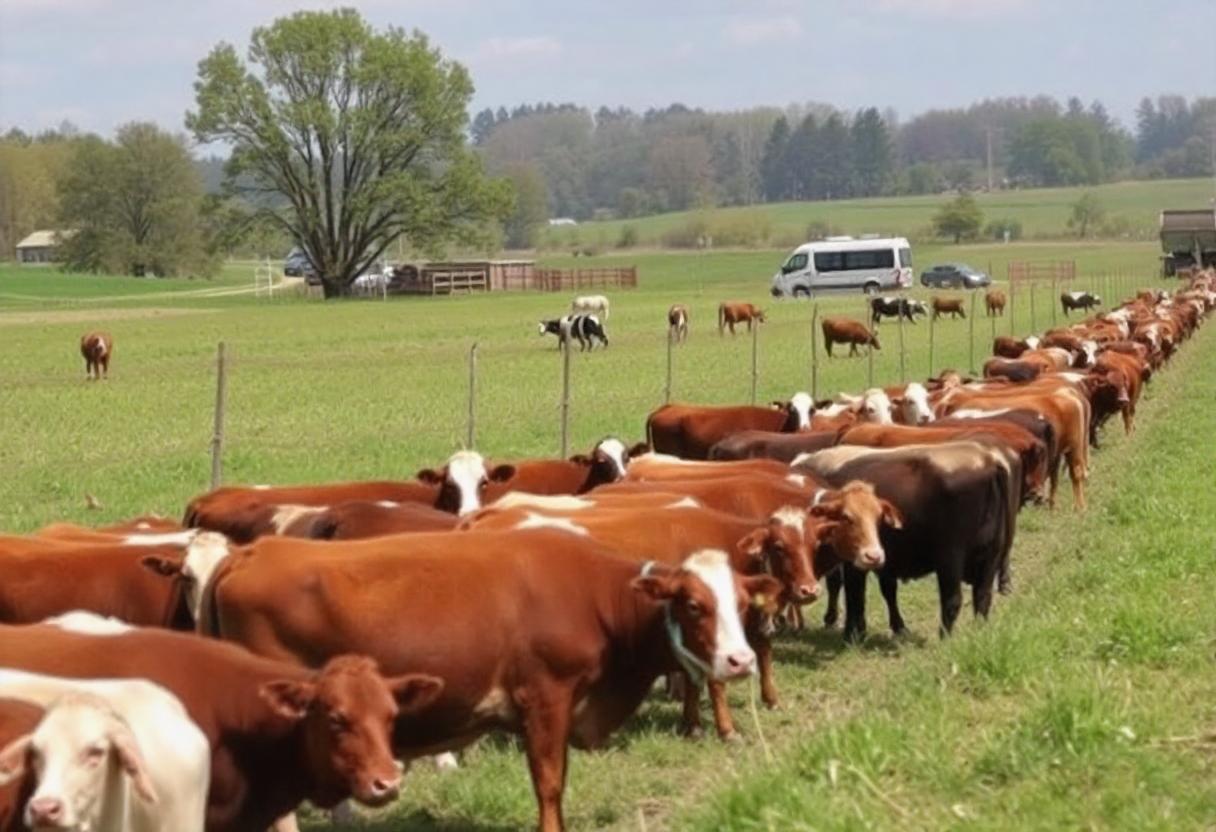
Precision Livestock Farming (PLF) represents an innovative approach to managing livestock, utilizing advanced technology to enhance animal welfare, productivity, and environmental sustainability. This method relies on data-driven strategies to monitor and optimize livestock operations, offering numerous benefits over traditional farming practices.
Overview of Precision Livestock Farming
Precision Livestock Farming integrates technologies such as sensors, GPS, and data analytics to monitor various aspects of animal health and performance. This approach allows farmers to collect real-time data on individual animals, providing insights that help improve decision-making processes.
Key Technologies in PLF
- Sensors and Wearables: These devices are attached to livestock to monitor vital signs, activity levels, and other health indicators. For example, ear tags or collars equipped with sensors can track temperature, heart rate, and movement patterns.
- Automated Systems: These systems include feeders, drinkers, and milking machines that can be adjusted based on real-time data. Automation helps in ensuring that each animal receives the appropriate amount of food, water, and other resources.
- Data Analytics: Advanced software analyzes the data collected from various sensors and devices. This analysis helps in identifying patterns, predicting health issues, and making informed decisions regarding herd management.
Benefits of Precision Livestock Farming
- Improved Animal Health: Continuous monitoring enables early detection of health issues, allowing for prompt intervention. This can reduce the need for antibiotics and improve overall herd health.
- Enhanced Productivity: By optimizing feeding, breeding, and environmental conditions, PLF can lead to increased productivity, including higher milk yields and better weight gain.
- Efficient Resource Use: PLF helps in precise allocation of resources, such as feed and water, reducing waste and minimizing environmental impact.
- Sustainability: With better management practices, PLF contributes to more sustainable livestock farming by reducing the carbon footprint and improving resource efficiency.
Challenges and Considerations
- Cost of Implementation: The initial investment in technology and infrastructure can be high, which may be a barrier for some farmers.
- Data Management: Handling and analyzing large volumes of data requires skilled personnel and robust software systems.
- Integration with Existing Systems: Adapting traditional farming operations to incorporate PLF technologies may require changes in workflow and additional training.
Future Directions
The field of Precision Livestock Farming continues to evolve with advancements in technology. Future developments may include more sophisticated sensors, enhanced data analytics capabilities, and greater integration with other smart farming practices. These advancements promise to further improve the efficiency and sustainability of livestock farming.